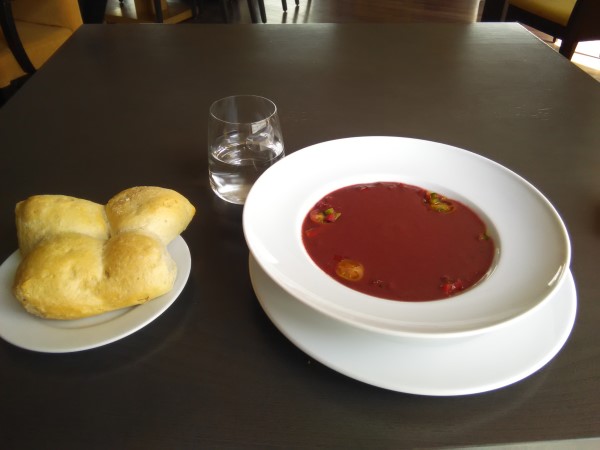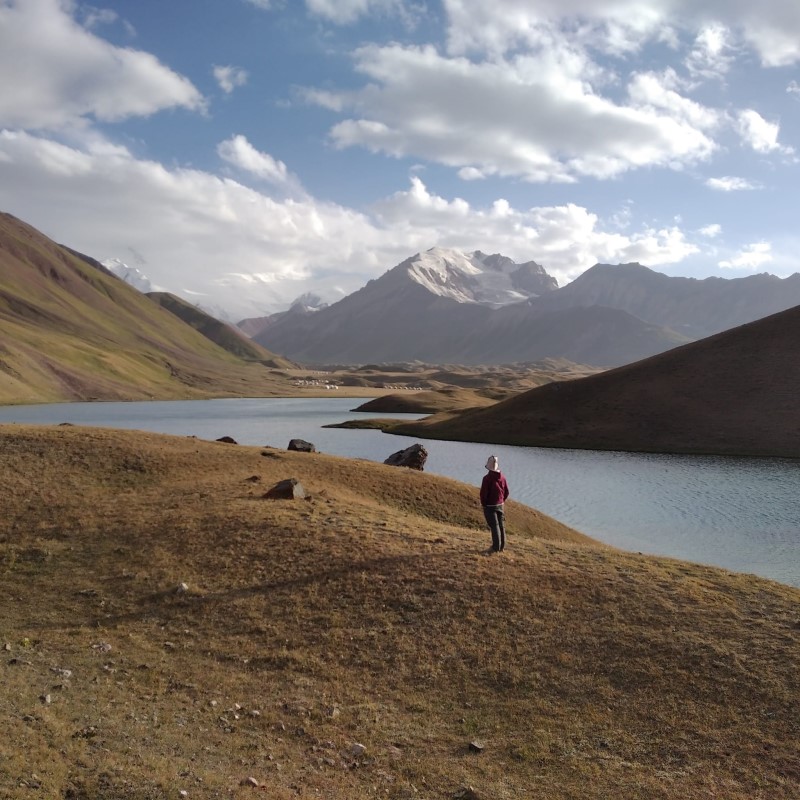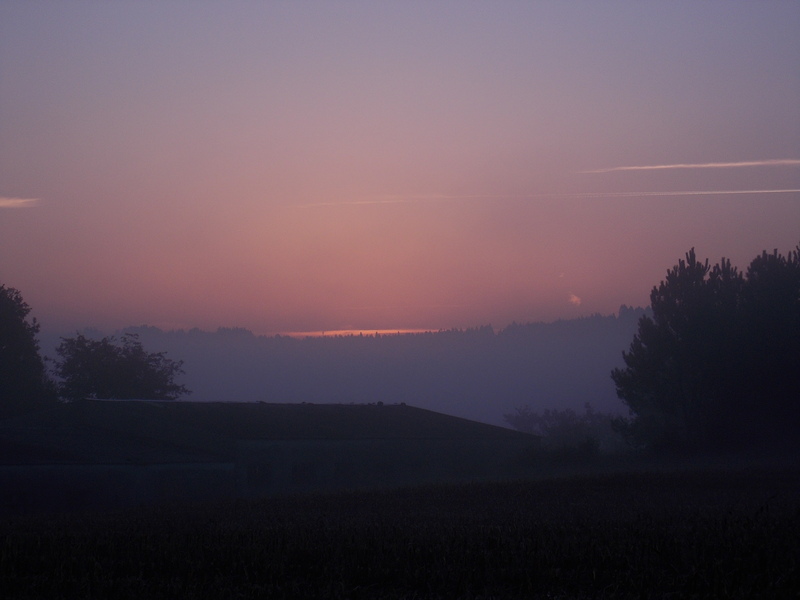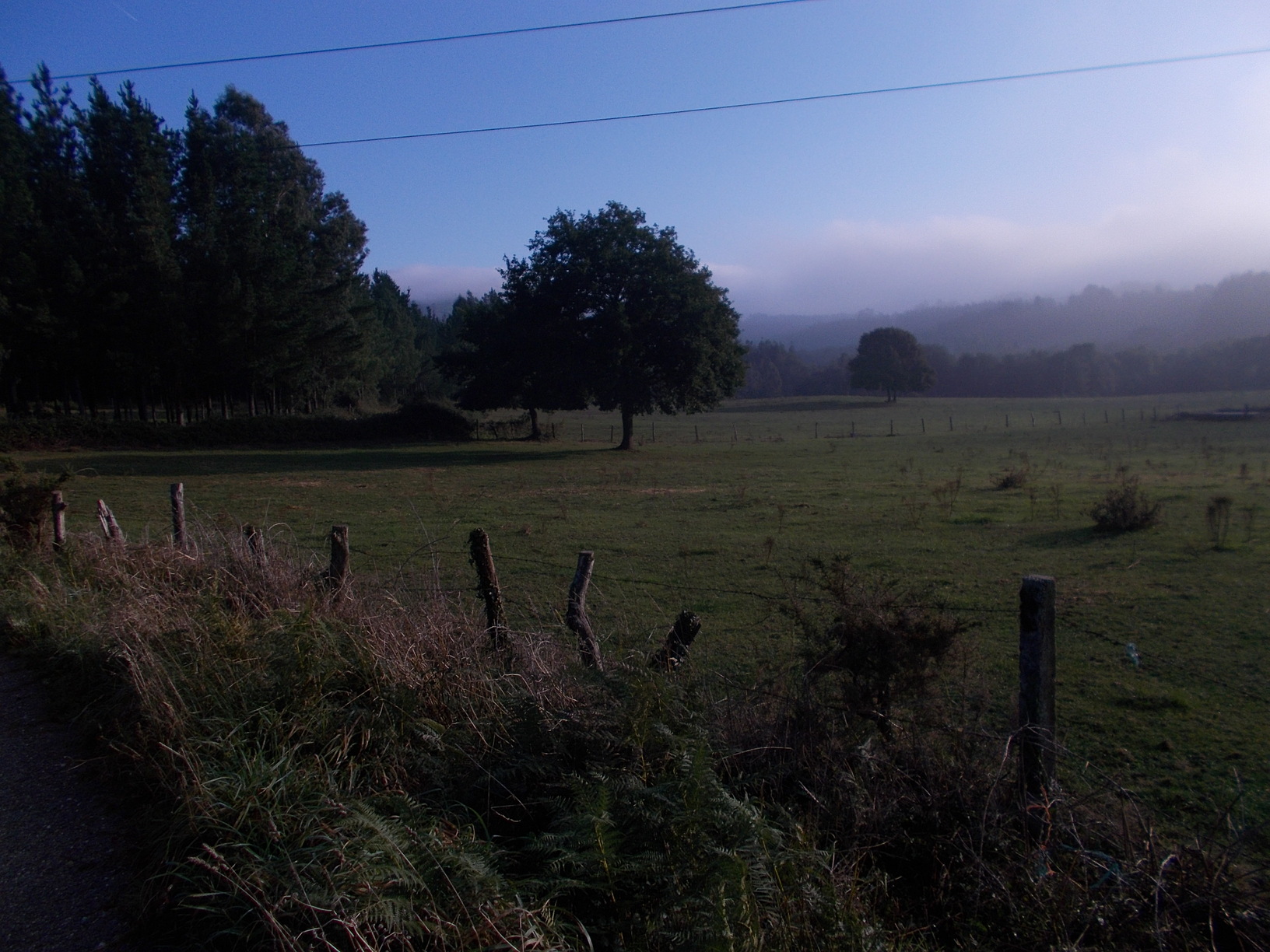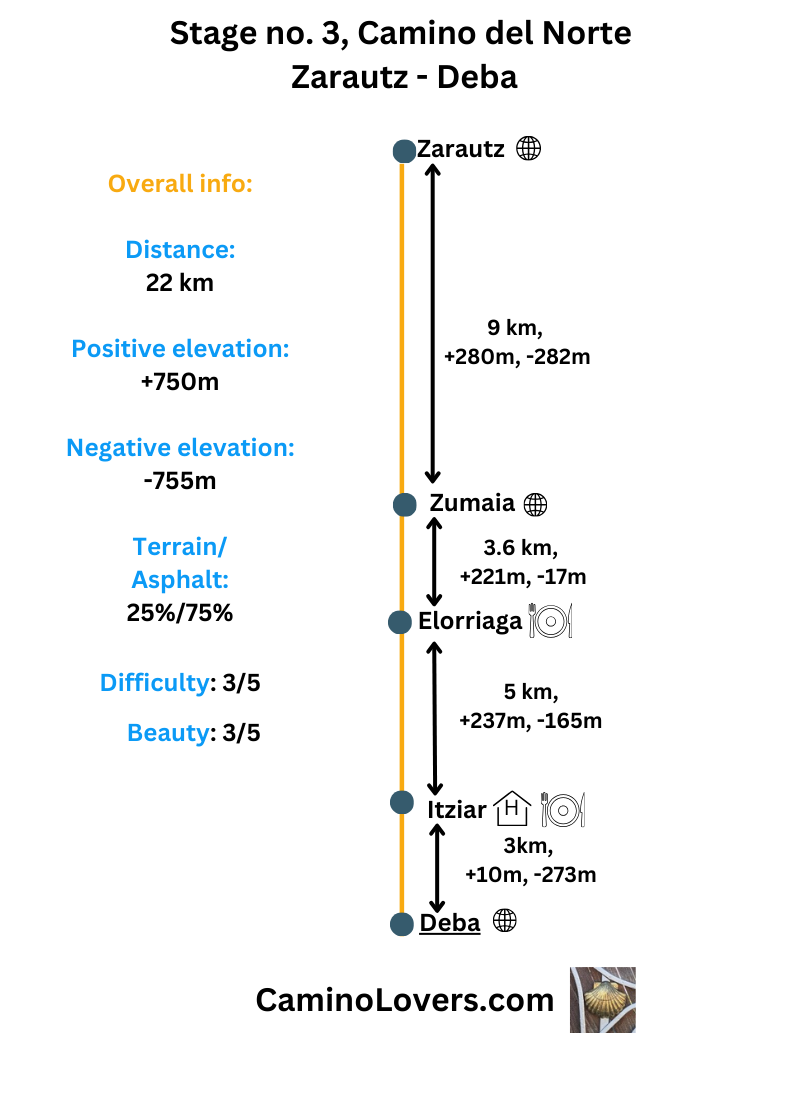
Basic Details
- Starting point: Convent of the Franciscanos, Zarautz
- Ending point: Church of Santa Maria, Deba
- Availability of alternative routes: You can take an alternative route along the coast after Zumaia. It passes through some beautiful locations, such as Playa de Sakoneta, or Mirador Mendetagaina (a viewpoint), and on this route you can observe many interesting rock and sand structures, created over thousands of years by strong Basque winds. However, the downside is that the coastal route is much more hilly, and you will cover an extra 300 meters of elevation following it. Speaking honestly, that’s not a little number for a tired pilgrim :). Anyway, if you feel in a good shape and the weather is nice, I recommend you taking this route. Following it you will also avoid another long stretch of asphalt (road) walking, and since you’ll have a lot of it on this Camino until Santiago, it is good avoiding it whenever possible, at least in my opinion.
- Distance: Official camino route: 22 km (download GPS here), Alternative route, 23.3 km (download GPS here).
- Link to online map: Official Camino: here. Alternative route: here.
- Elevation difference: Official camino route: + 750, – 755m, Alternative route: + 1053m, – 1058m
- Difficulty score: Official Camino route 3/5. Alternative route: 4/5
- Beauty score: Official Camino route: 3/5. Alternative route: 4/5.
- Terrain/asphalt: Official Camino route: 25%/75% , Alternative route: 50%/50%.
- Next stage: Camino del Norte, stage no. 4, Deba – Monasterio de Zenarruza
- Previous stage: Camino del Norte, stage no. 2, San Sebastian – Zarautz.
Elevation profiles for routes

– Official camino route, the day starts flat, then thins heat up a bit, with a few noticeable climbs with 10%+ gradient.

– Alternative route, much more eventful and tougher, with some climbs and descends surpassing 18% gradient.
Advanced info about the stage
- Trail marking: Like it is generally the case in Basque country, especially after the first two stages, the trail marking can get tricky at times. Not that they do not care, let’s just say some people in the region do not support Camino de Santiago that much, and some locals do not like to see pilgrims hanging around their favorite beaches. But in the cities (Zarautz, Zumaia, Getaria) the marking is good, and during the rest of the way you typically have fences everywhere, except of the way you should actually follow (in Basque country virtually everything is private property), so it isn’t easy getting lost (unless you enjoy jumping over fences of course :)).
- Alternative route info: Definitely worth taking, with many breath-taking sight and views, but also 300 extra meters of elevation gain. The alternative route follows the GR 121 hiking route, and is therefore marked with red and white marks. You won’t find the detour marked directly on the route, you just need to follow the GR signs, or, to be sure, you can download our GPS file for this alternative route and simply follow it on your favorite device. You will eventually reconnect to the “official” Camino just before Deba, the ending point of today’s stage.
- Natural places worth seeing: 1. Faro de Getaria and its natural surroundings. If you are the fun of light houses, this is a must 300 meters detour from the Camino (you just drop deepen into Getaria and follow the signs to Faro). Considering the location, the views, and the nature around, this light house is definitely one of the best you’ll see during all your camino. 2. Beaches of Mendata and Itxaspe, you will pass by them (and can enjoy their beauty from several viewpoints) following the alternative coastal route.
- Historical, architectural, and culinary places worth seeing: The village of Getaria, which has a quiet fishing village vibe, with some really cool buildings and narrow streets. Zumaia has a nice small port where you will typically spot at least one or two big yachts. At the end of the day this is Basque country, people have a lot of money here :), and on a sunny day for yacht and boat lovers, the port is a nice spot to stop and enjoy the view. In terms of culinary experience, I do not have any specific recommendation. However, the overall restaurant standard in this part of the country is high. You will pay a bit more (it is the most expensive part of Camino del Norte), but the quality of food is really high.
- Camping/bivouac options on this stage: Wild camping/bivouacking at this stage is very hard, since almost all areas outside of the Camino are fenced, and you will find it tricky to find a good spot to pitch the tent, or even to just put your sleeping bag (unless you enjoy jumping over fences and camping on someone’s private property, which I do not recommend in Spain and in Basque country in particular). If you want to do wild camping here, I strongly recommend you taking the alternative route (see more info above), and camp/sleep for example near the Ermita de Santa Catalina (location on Google maps here), or a bit before it. From nearby the Ermita you have a wonderful view on the Lapari beach, and in my experience the location isn’t too busy in the night. However, make sure to pitch your tent/put your sleeping bag just when it is already getting dark, in order to not attract too much of attention. Besides that, you have one official organized camping place to stay, the camping Itxaspe, typically open from the beginning to April to mid September. Location on Google maps here. I’ve never stayed there personally, but based on the information I have and the reviews it is a nice place with all facilities, but fitting more for a family stay with a camper van than for a pair of sweaty pilgrims with the tent :). The prices are not cheap either… Anyway, if you want to camp officially on this stage of the camino, without risking to pay any fine, this is your option.
- Dog friendly score: 3/5. A lot of asphalt roads and a lot of sun too! With a dog, make sure to take the alternative route on the coast, where you’ll walk on terrain much better for your beloved companion. You will again find plenty of water fountains, and also spots where the dog can refresh itself in the water, which helps a lot in the heat.
- Special remarks: There is just one pilgrim albergue in Deba. It has a lot of beds (48), but in the high season it simply isn’t enough. All other accommodation options in Deba are pretty expensive for a typical pilgrim. Also, it isn’t possible to make a reservation in this albergue… Hence if you do not like the race for beds, I either suggest you to plan your stages differently (avoiding Deba as a final point of your walk), or walk 5km extra after Deba (all uphill :)), and bivouac in a protected area of the “Ermita del Calvario“. Every night some pilgrims sleep there, since the porch is well protected from the rain. In my experience, police tolerates this sleeping point, being aware of the situation with accommodation in Deba, that there simply isn’t enough space for the pilgrims. If you decide to sleep at the Ermita, please respect it as a religious place (try to not make too much noise), and do not leave any rubbish there (there are rubbish bins nearby). Doing so, you help to make sure that this nice place with rain protection will remain available for the pilgrims who come after you…
Accommodation options on today’s stage
* The infographic displays the number of pilgrim hostels (only pilgrims allowed), hostels (anyone allowed, shared rooms), and other accommodation options (hotels, pensions, etc, private rooms) in each point along the route, together with price range. For exact explanation of the pictograms we use check the explanations page. Below the infographic you will see our recommended picks (up to 3 pilgrim options and 1-2 “privacy” options, maximum five) for the stage, together with important information (but not too much info, just what you need :-)).

Recommended places to sleep along this stage
Pilgrim options:
- Hostel Getaria, Getaria (km 4). Location and reviews on Google maps here. Price from 25 euro/night for the bed in the dorm, 20 beds. Very clean and modern with beds that offer some level of privacy. When I slept there the host spoke decent English. A bit pricey for a pilgrim, but in a Basque country that’s what you can expect form hostels. Recommended booking by phone number, +34 688 85 61 46, or on Booking.com, here. The hostel is frequented especially by pilgrims, since in Zarautz the number of available places is rather limited, and many pilgrims walk the extra 4 km to get here. You can check in from 3 pm to 8pm.
- Albergue Santa Clara, Zumaia (km 9). Location and reviews on Google maps here. Shared rooms with small number of beds (2-4), nice location, solitary place. Again a bit pricey for pilgrims, at 30 euro/night for a bed in a shared room. 16 beds in shared rooms in total. Due to the location in the middle of two stages, and being 400 meters away from the Camino, it isn’t particularly busy, and you will get a bed most of the season with no issues. Recommended booking by phone call, +34 639 87 96 11.
- Albergue de peregrinos Geltoki, Deba (km 22). Location and reviews on Google maps here. The only real pilgrim place in the zone, incredibly cheap for Basque country, only 8 euro/night. Gets full very quickly in summer months, even though it has 56 beds. It is super cheap and in Deba, which is the recommended end of the stage in many Camino guides (and a logical one, considering the zone ahead with little options for buying provisions or sleeping inside). You can get it between 1pm and 8pm. Reservations are not allowed. One thing I want to say about this place: Since many young Spanish people try to abuse the system of the Camino, and save money while enjoying the coast in summer, a place like this–by far the cheapest one in the zone, attracts them greatly. So what they do is that they arrive to Deba by buses with backpacks and pilgrim passports and everything. Trying to arrive early, they get many spots in the albergue, and then head for the beach… This also adds to the fact that this place fills quickly, and you may also experience a rough night :). Yet it is also a part of the Camino…
Privacy/Luxury options
- Hotel Kanala, Itizar (km 19). Location and reviews on Google maps here. A two stars hotel frequented by pilgrims, especially in the high season of Camino del Norte. Prices start at 55 euro/night, but can go us significantly in the holiday months. Renowned for a great restaurant and spacious rooms. Very early check-in time for Spanish standards, already from 12:30 pm. Recommended booking method: booking.com.
- Pension Zumardi, Deba (km 22). Location and reviews on Google maps here. Prices start from 60 euro/room, nine rooms, outside of the month of August pilgrims are the most common guests of the place. Good location, very close to the beach. The place has good reviews across all platforms. Recommended booking method: through their own website, on this link. Alternatively by a phone call, +34 943 19 23 68, or on Booking.com, here.
Pictures from the stage

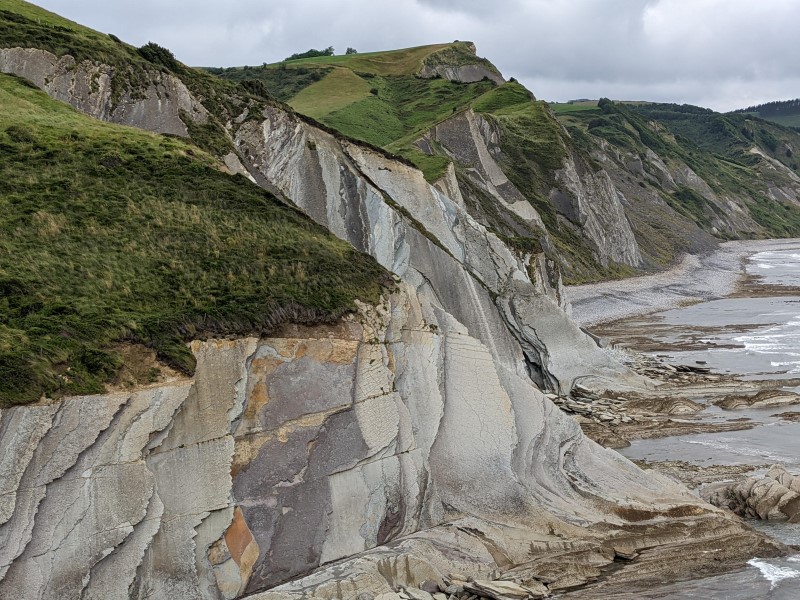
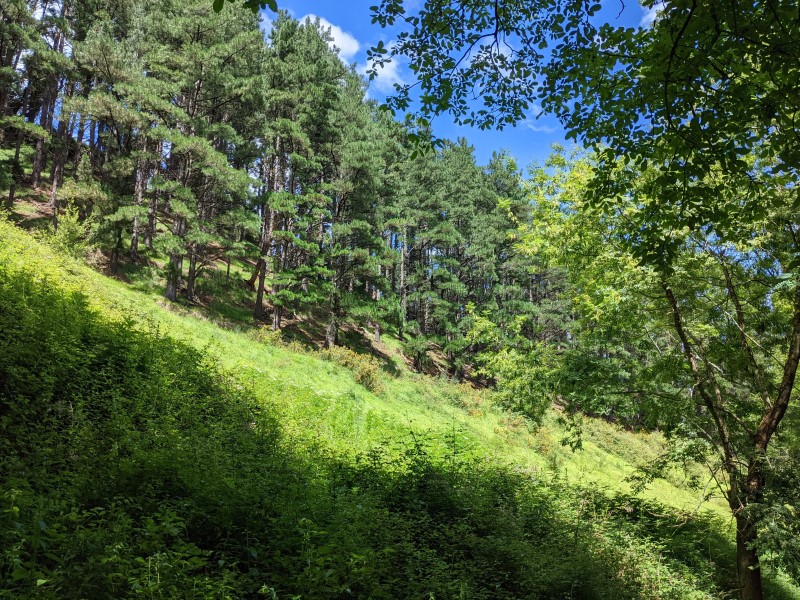
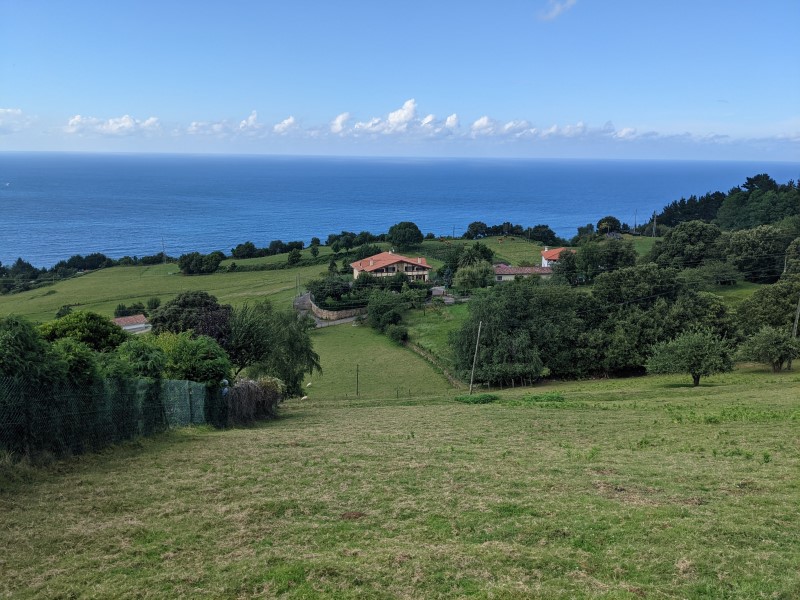

– As you can see, this part of the Camino is really nice and green, but also quite hilly :).
Few tips at the end
- Sun can be pretty strong here, and if you’re doing the walk on a sunny day, make sure to start early.
- Take it easy at the start, the steepest hills await you in the second part of the day.
- If you want to make sure you will get a bed in the albergue in Deba, you should be able to arrive there before 2pm, ideally before 1pm. Do your planning accordingly.
- If you feel physically strong, take the alternative route. It is definitely worth it…
Next/Previous Stage
- Next stage: Camino del Norte, stage no. 4, Deba – Monasterio de Zenarruza
- Previous stage: Camino del Norte, stage no. 2, San Sebastian – Zarautz.
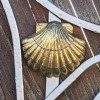


![Ultralight Packing List for Camino de Santiago [2025 Edition]](https://caminolovers.com/wp-content/uploads/2022/03/altra-shoes-640-x-480.jpg)
